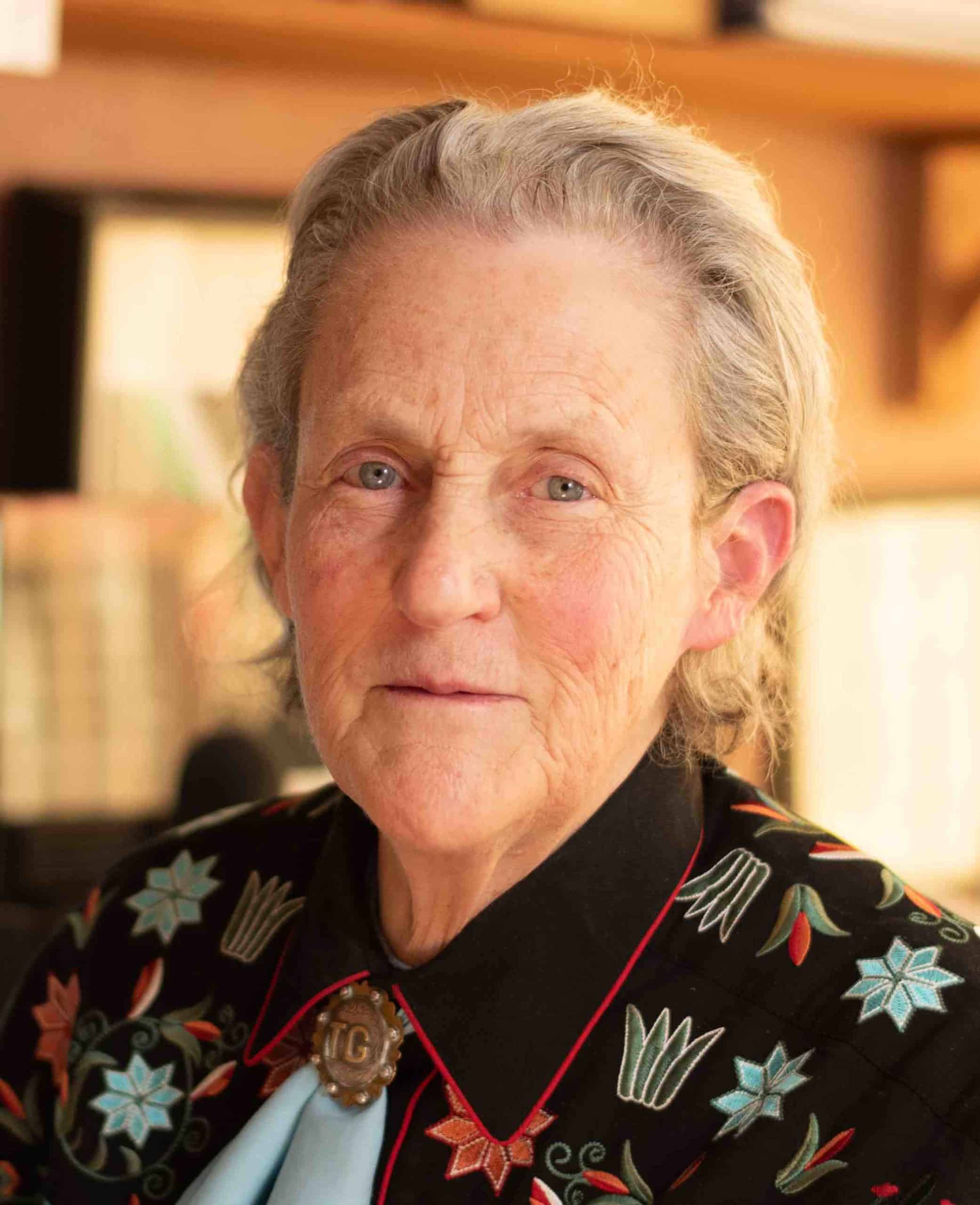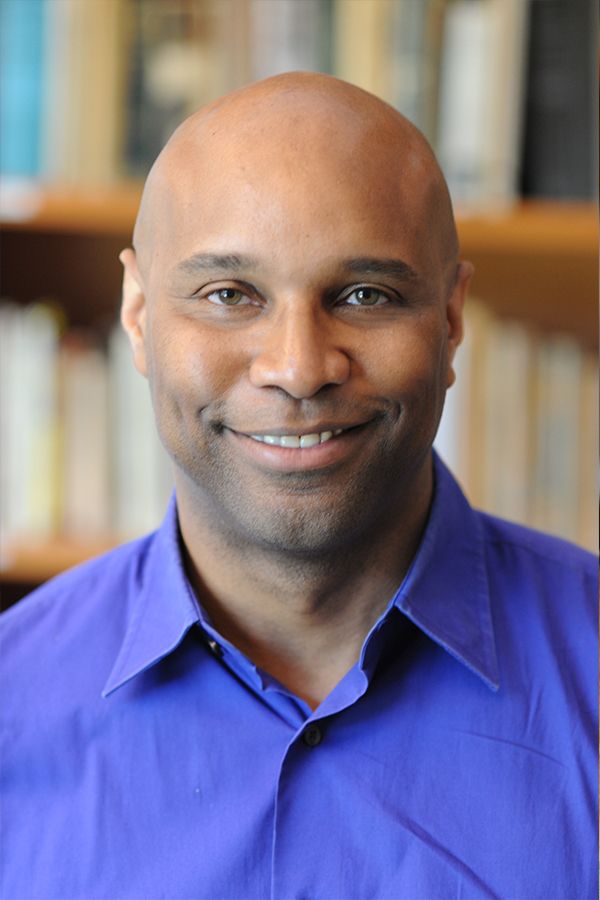


at New Roads School
Herb Alpert Educational Village
3131 Olympic Blvd.,
Santa Monica, CA 90404
A landmark book that reveals, celebrates, and advocates for the special minds and contributions of visual thinkers.
.
Temple Grandin is a professor of animal science at Colorado State University and the author of the New York Times bestsellers Animals in Translation, Animals Make Us Human, The Autistic Brain, and Thinking in Pictures, which became an HBO movie starring Claire Danes. Dr. Grandin has been a pioneer in improving the welfare of farm animals as well as an outspoken advocate for the autism community. She resides in Fort Collins, Colorado.
,
Luthern Williams is the Head of School at New Roads School in Santa Monica, California. He holds a BA from the University of Pennsylvania and an Ed.M. in School Leadership from Harvard University. Luthern has over twenty-five years of experience as an administrator and English teacher in independent schools in New York City, Boston, and Los Angeles. Throughout his career, he has drawn on his extensive knowledge of education to align schools’ programs with their missions and to build educational models where all children thrive; learn love, respect, empathy, and compassion; and develop the tools to create a world based on the inherent dignity and worth of each individual. Luthern is deeply committed to democratizing meaningful access to high quality education for socio-economically disadvantaged students and developing schools, built on wellbeing, that are catalysts for societal transformation.
.
“Temple Grandin has concocted a delicious dish of provocative ideas and new research, served in clear, logical, fluid prose. What I love most about her work is herseamless fusion of scientific detachment and passionate empathy.” —Sylvia Nasar, author of A Beautiful Mind
.
A quarter of a century after her memoir, Thinking in Pictures, forever changed how the world understood autism, Temple Grandin—the “anthropologist on Mars,” as Oliver Sacks dubbed her—transforms our awareness of the different ways our brains are wired. Do you have a keen sense of direction, a love of puzzles, the ability to assemble furniture without crying? You are likely a visual thinker.
.
With her genius for demystifying science, Grandin draws on cutting-edge research to take us inside visual thinking. Visual thinkers constitute a far greater proportion of the population than previously believed, she reveals, and a more varied one, from the photo-realistic object visualizers like Grandin herself, with their intuitive knack for design and problem solving, to the abstract, mathematically inclined “visual spatial” thinkers who excel in pattern recognition and systemic thinking. She also makes us understand how a world increasingly geared to the verbal tends to sideline visual thinkers, screening them out at school and passing over them in the workplace. Rather than continuing to waste their singular gifts, driving a collective loss in productivity and innovation, Grandin proposes new approaches to educating, parenting, employing, and collaborating with visual thinkers. In a highly competitive world, this important book helps us see, we need every mind on board.
